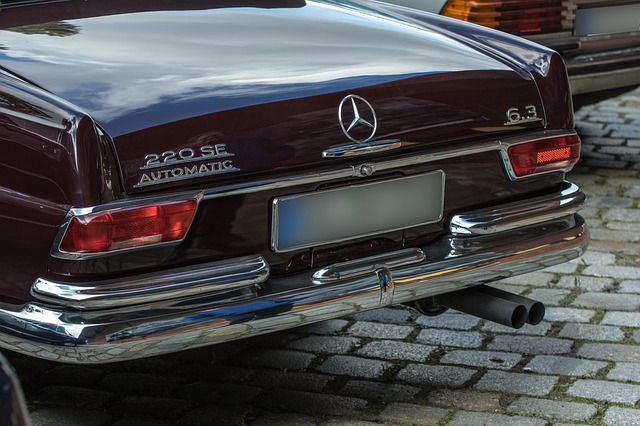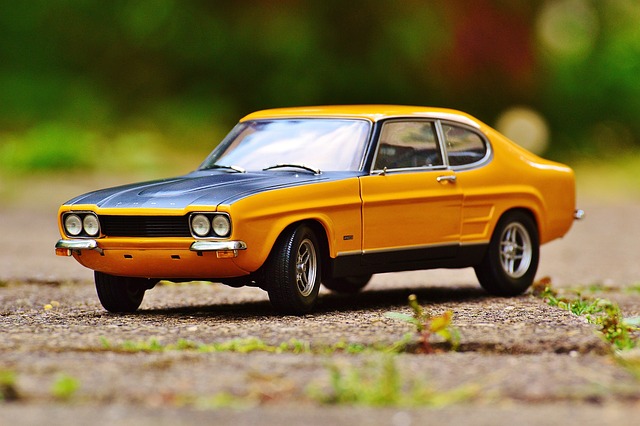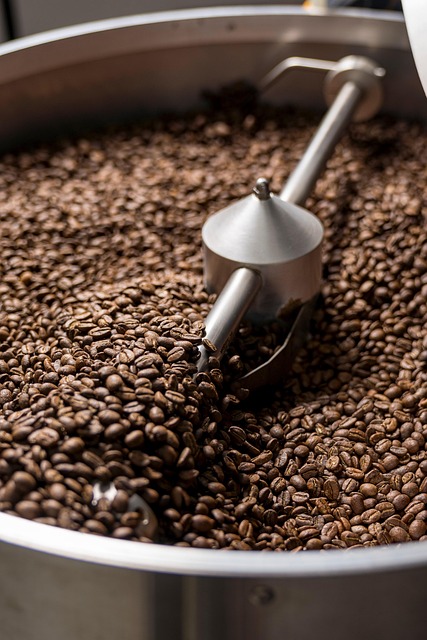Auto Body Seam Sealers: Strengthen, Save, and Sustain Your Vehicle
Auto body seam sealers are vital for maintaining vehicle durability, protecting against elements, an…….
Auto body seam sealers, a critical component in the automotive industry, play a pivotal role in ensuring vehicle structural integrity and water/airproofing. This article delves into the intricate world of auto body seam sealers, exploring their function, global impact, technological innovations, regulatory landscape, and future potential. By the end, readers will gain a comprehensive understanding of this essential technology, its applications, and its role in shaping the automotive sector.
Auto body seam sealers are specialized adhesives or coatings designed to seal and protect joints, seams, and gaps in an automobile’s body structure. These materials fill and bond openings where two or more panels meet, preventing water intrusion, corrosion, and the entry of airborne contaminants. Key components include synthetic resins, elastomers, and additives that enhance adhesion, flexibility, and durability.
The concept of seam sealing in automobiles emerged in the early 20th century as vehicles became more complex with curved bodies and multiple panels. Early sealers were primarily based on natural rubbers and oils, but advancements in synthetic materials during World War II led to the development of modern auto body seam sealers. Today, these sealers are vital for maintaining vehicle aesthetics, structural integrity, and longevity, particularly against extreme weather conditions.
Auto body seam sealers serve multiple purposes:
The global auto body seam sealer market is influenced by the worldwide automotive industry’s growth and trends. Key regions include North America, Europe, Asia-Pacific, and Latin America, each with distinct dynamics:
| Region | Market Size (2023) | Growth Rate (2024-2030) | Leading Manufacturers |
|---|---|---|---|
| North America | $5.2 billion | 6.2% | 3M, Dymax, Loctite |
| Europe | $3.8 billion | 5.5% | H.B. Fuller, Master Bond, DELO |
| Asia-Pacific | $7.1 billion | 7.8% | DAI-Ichi, Tokai, Master Bond |
| Latin America | $0.9 billion | 4.3% | Local manufacturers, 3M |
The global auto body seam sealer market, valued at $9.9 billion in 2023, is projected to grow at a CAGR of 5.7% from 2024 to 2030. This growth is driven by the factors mentioned above, as well as:
Major players in the market include both established chemical companies and specialized automotive suppliers. Key investment opportunities lie in:
Recent advancements in auto body seam sealers include:
Technological trends shaping the future of auto body seam sealing include:
Upcoming research areas include:
The regulatory environment for auto body seam sealers varies across regions, influenced by environmental, health, and safety considerations:
Key industry standards and certifications for auto body seam sealers include:
Despite its significance, the auto body seam sealer industry faces several challenges:
Common criticisms include:
Actionable Solutions:
Tesla, a pioneer in electric vehicle (EV) technology, requires specialized sealing solutions due to its advanced battery packs and electronic systems. They collaborate with sealer manufacturers to develop custom sealants that meet stringent performance and environmental criteria. The result is a robust sealing system that protects against water intrusion, corrosion, and temperature fluctuations, ensuring the longevity of critical components in extreme weather conditions.
The iconic Ford F-150 pickup truck underwent a significant design shift towards lightweight materials to enhance fuel efficiency. This presented challenges for seam sealing due to increased gap variability and new material interactions. Manufacturers responded by developing advanced acrylic-based sealers with superior adhesion to lightweight aluminum and steel alloys, ensuring structural integrity and water protection without compromising vehicle performance.
In the aftermarket repair sector, cost is a primary concern for consumers. Sealant manufacturers addressed this by introducing affordable, high-performance silicone-based sealers that offer excellent weatherability and flexibility. These products are suitable for a wide range of vehicle applications, allowing independent repair shops to provide durable sealing solutions at competitive prices.
The future of auto body seam sealers holds significant growth potential in several areas:
Auto body seam sealers are an essential component in the modern automotive industry, ensuring vehicles meet stringent performance, safety, and environmental standards. This article has provided a comprehensive overview of their role, global impact, technological advancements, regulatory considerations, and future prospects. By embracing innovation, collaborating across industries, and prioritizing sustainability, manufacturers can contribute to the development of advanced sealing solutions that propel the automotive sector towards a more efficient, durable, and eco-friendly future.
Q1: What are the primary functions of auto body seam sealers?
A: Auto body seam sealers primarily prevent water intrusion, protect against corrosion, maintain aesthetic integrity, and ensure structural strength in vehicles by sealing joints, seams, and gaps.
Q2: How do auto body seam sealers differ from traditional adhesives?
A: Unlike conventional adhesives, auto body seam sealers are specifically designed to handle the unique challenges of automotive applications, including extreme weather conditions, vehicle movement, and exposure to airborne contaminants. They offer superior flexibility, adhesion, and long-term performance in these demanding environments.
Q3: What is the role of environmental regulations in sealer development?
A: Environmental regulations, such as those governing VOC emissions, drive the creation of more eco-friendly sealers. Manufacturers must comply with these standards while ensuring their products maintain high performance, leading to innovations like water-based and low-VOC formulations.
Q4: Can auto body seam sealers be used for aftermarket repairs?
A: Absolutely! Aftermarket repair shops can benefit from a wide range of auto body seam sealers, particularly cost-effective silicone-based options that offer excellent weatherability and flexibility, ensuring durable sealing solutions for various vehicle makes and models.
Q5: What are some emerging technologies in auto body seam sealer development?
A: Key trends include smart sealants with sensors and response mechanisms, 3D printing integration for complex components, and digital twin technology enabling virtual testing and optimization, all contributing to more advanced sealing solutions.

Auto body seam sealers are vital for maintaining vehicle durability, protecting against elements, an…….

Auto body seam sealers are crucial tools for car body shops, promoting sustainability by minimizing…….

Auto body seam sealers are eco-friendly innovations in vehicle collision repair that reduce waste, c…….

The future of auto body seam sealing is driven by innovative synthetic materials and composites, ena…….

Auto body seam sealers are essential tools for car paint repair, offering protection against water p…….

Auto body seam sealers are essential for vehicle restoration post-collisions, acting as a protective…….